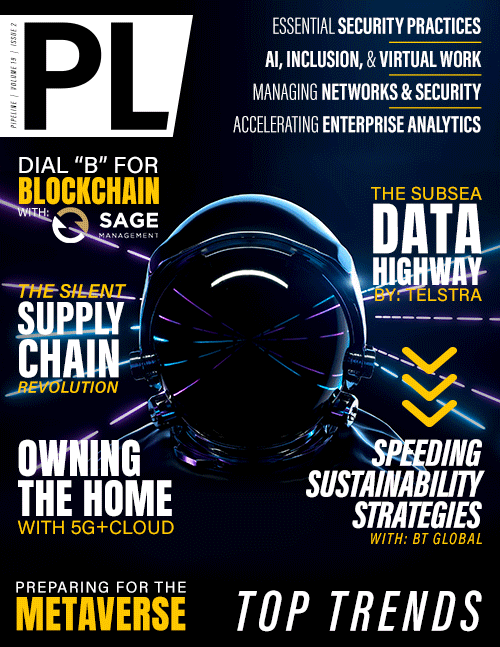Enabling Connectivity with Express
Lanes for the World’s Data
Some cables run thousands of meters underwater, with one cable crossing the Mariana Trench, the deepest water in the world. Fixing one of these is hardly a quick job. Even just getting the grappling hook down to the cable to repair any damage can take a whole day.
Managing subsea cable networks is hardly a “set it and forget it” proposition and requires 24/7 monitoring with a series of proactive maintenance measures to ensure ongoing cable quality and performance, and to minimize any risk or degradation of service impact as much as possible. Some examples include:
- Automatic Identification System (AIS) to assist with identification of ships identified to be stationary over cables
- Use of guard boats to move fishing boats away from cables
- Establishment of protection zones to avoid hazardous activities such as anchoring or trawling near cables
- Strengthened cable burial procedures and locations to improve protection against fishing threats
The upside of subsea cable network ownership
But any expense or logistical headaches are well worth it.
With many customers—especially global cloud and content players—this network is the sole reason they buy from us, or at the very latest a deal-breaker. For example, in some areas of the business, the subsea network can be responsible for up to 20 percent, to 30 percent of Telstra’s revenue.
An efficient subsea cable network can lay the groundwork for many key enterprise offerings that will constantly expand over time. For example, Telstra’s Octagon global trading solution infrastructure and the Global Media Network are core offerings tied to the subsea network as a basis for future development.
These cables can also be set up for expansion through complementary new projects.
Telstra's investment in the Southern Cross Next Trans-Pacific cable provides a low-latency route between Australia and North America, while enhancing the existing network’s already strong capacity across the Pacific region. Acquiring the Digicel Pacific business in the South Pacific region again broadened global capacity while also serving a long-underserved region.Enabling future growth
As the global economic landscape evolves and new players emerge, cable system networks and their routes will follow suit to enable growth. Content and social media companies like Google, Facebook, and Microsoft are building their own cable system infrastructure. But they need telecom partners with the right assets already in place to monetize and develop their emerging functionalities. Subsea cable systems will also become increasingly crucial for the backhaul of emerging technologies, particularly the Internet of Things (IoT), low-earth-orbit (LEO) satellites, and 5G.
Subsea technology is always advancing to where we can generate more capacity out of the same systems far more efficiently. As recently as four years ago, 10 gig communication was considered “high-speed.” Then it was 100 gig cards. Now, we're in the next generation of achieving 400 gigabits. And this is being achieved as the overall capacity of subsea cables increases without changing the underwater foundation but by adding software and hardware innovations to digital coherent technology on the terrestrial terminals of the cable systems.
The importance of a properly designed and managed cable system illustrates a fundamental telecommunications concept: connectivity is no longer a “nice to have.” It’s a social and economic requirement, and it’s our collective responsibility as an industry to deliver it as we continually perfect the customer experience.



















